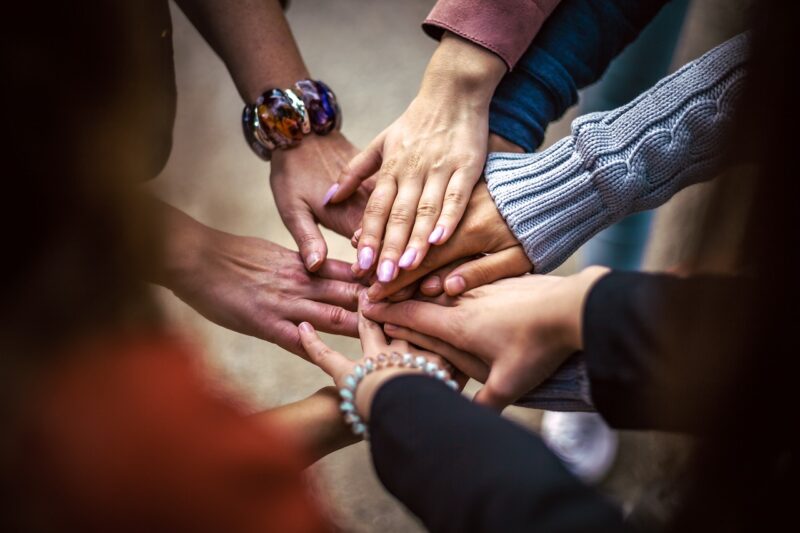Why Blue Zones Hold the Secrets to Living a Longer, Healthier Life
November 16, 2024

In a world dominated by quick fixes and instant gratification, the concept of longevity often seems elusive. Yet, hidden across the globe are communities that defy the odds, boasting residents who live not just longer, but healthier lives. These regions, dubbed ‘Blue Zones,’ are home to unique lifestyles and practices that contribute to their inhabitants’ remarkable longevity. This article delves into the secrets of Blue Zones and offers insights into how we can adapt these lessons to our daily routines.
1. What Are Blue Zones?
First coined by National Geographic explorer Dan Buettner, Blue Zones are specific regions where people have remarkably high life expectancy rates. The identified Blue Zones include:
- Okinawa, Japan
- Sardinia, Italy
- Nicoya Peninsula, Costa Rica
- Ikaria, Greece
- Loma Linda, California, USA
These regions are not isolated; they represent a patchwork of cultures that share common lifestyle traits, dietary choices, and social structures that contribute to their residents’ longevity.
2. Key Characteristics of Blue Zones
While each Blue Zone has its unique features, several common trends emerge:
- Plant-Based Diet: Residents primarily consume whole foods, emphasizing fruits, vegetables, whole grains, and legumes. Meat is a rarity, often reserved for special occasions.
- Regular Physical Activity: Daily activities involve natural movement, such as walking, gardening, and manual labor, which helps maintain their physical health.
- Strong Social Connections: Family is paramount; many people maintain deep connections within their families and communities, providing emotional and social support.
- Purpose and Faith: A sense of purpose and spirituality is prevalent in these communities, contributing to overall well-being and resilience.
- Moderate Alcohol Consumption: Many Blue Zone inhabitants enjoy a glass of wine daily, often sharing it with friends and family during meals, which supports relaxed social interactions.
3. The Diet of Blue Zones
Diet is a cornerstone of the Blue Zone lifestyle. Rather than adhering to strict diets, residents focus on consuming whole, nutrient-rich foods. Here’s a closer look at the typical dietary habits of Blue Zone inhabitants:
- Frequent Consumption of Beans: Beans are a staple; they provide protein, fiber, and vital nutrients, forming the foundation of most meals.
- Low Meat and Dairy Intake: Most diets limit red meat and dairy, which helps reduce the likelihood of chronic diseases.
- Seasonal and Local Foods: Residents rely on what’s available in their environment, harvesting seasonal fruits and vegetables that maximize nutritional value.
- Healthy Fats: Incorporating healthy fats, such as those from olives (in Mediterranean zones) and avocados (in Costa Rica), further supports heart health.
This emphasis on plant-based, whole food diets correlates with lower rates of obesity, heart disease, and diabetes in these communities.
4. The Role of Physical Activity
Physical activity in Blue Zones is not confined to structured exercise programs; instead, it is integrated into daily life.
- Natural Movement: People walk, dig, and cycle as a part of their routine.
- Community Involvement: Many engage in activities such as dance, festivals, and communal gatherings that keep them active and involved.
- Daily Routines: Performing chores like gardening or cooking promotes physical activity without feeling like a workout.
Integrating movement into daily routines diminishes sedentary time and enhances overall health and mobility.
5. The Significance of Social Connections
Another critical factor in Blue Zones is the emphasis on meaningful relationships:
- Family First: Family structures are strong, often living in close proximity, fostering emotional support and a clear sense of belonging.
- Community Engagement: Residents regularly participate in cultural practices, events, and volunteer work, creating a strong sense of community.
- Social Networks: Maintaining diverse friendships and positive social connections are vital for emotional health and longevity.
Such interactions reduce stress, contribute to mental well-being, and generally promote a healthier lifestyle.
6. Finding Purpose in Life
Known as ‘ikigai’ in Japan or ‘plan de vida’ in Costa Rica, the concept of purpose profoundly impacts how we live:
- Providing Motivation: Residents in Blue Zones often have a clear sense of purpose that motivates daily actions and decisions.
- Enhancing Mental Health: A sense of purpose directly correlates with decreased anxiety, depression, and an increased willingness to contribute to the well-being of others.
- Longevity and Quality of Life: Those who possess a sense of purpose generally enjoy a happier life and improved health outcomes, contributing to their longevity.
7. Lessons for a Healthier Life
The secrets of Blue Zones reveal that achieving a longer and healthier life is within reach for everyone. Here are actionable strategies to incorporate their lessons:
- 1. Embrace a Mostly Plant-Based Diet: Start by incorporating more fruits, vegetables, whole grains, and legumes into your meals. Aim for variety and seasonal foods to maximize nutrition.
- 2. Prioritize Movement: Look for opportunities to integrate physical activity into your daily routine. Walk, garden, or cycle instead of opting for transportation.
- 3. Cultivate Social Connections: Build relationships with family and friends, participate in community events, and make an effort to meet new people.
- 4. Discover Your Purpose: Reflect on what gives your life meaning and pursue those values actively.
- 5. Keep a Routine of Relaxation and Gratitude: Engage in meditation, mindfulness, or journaling to reduce stress and focus on positivity.
With consistent effort, these changes can transform lifestyle habits, fostering a healthier, longer life.
Conclusion
The Blue Zones serve as a powerful testament to what is possible when we prioritize health, community, and purpose. While genetics and environment play a role in longevity, the choices we make daily can pave the path to a longer, healthier life. By embracing the lessons learned from these extraordinary communities, we can take significant strides towards enhancing our well-being, longevity, and ultimately how we experience life itself. It’s time to unlock the secrets of Blue Zones and take charge of our journey toward health and happiness.








